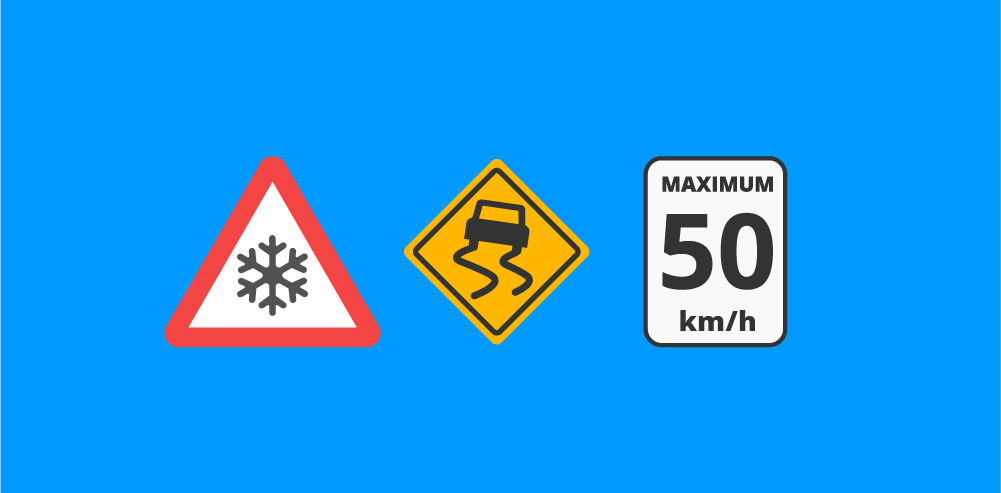Top 5 Tips for Safe Winter Driving in Canada
1. Slow down
The best way to ensure safe winter driving is simply to slow down!
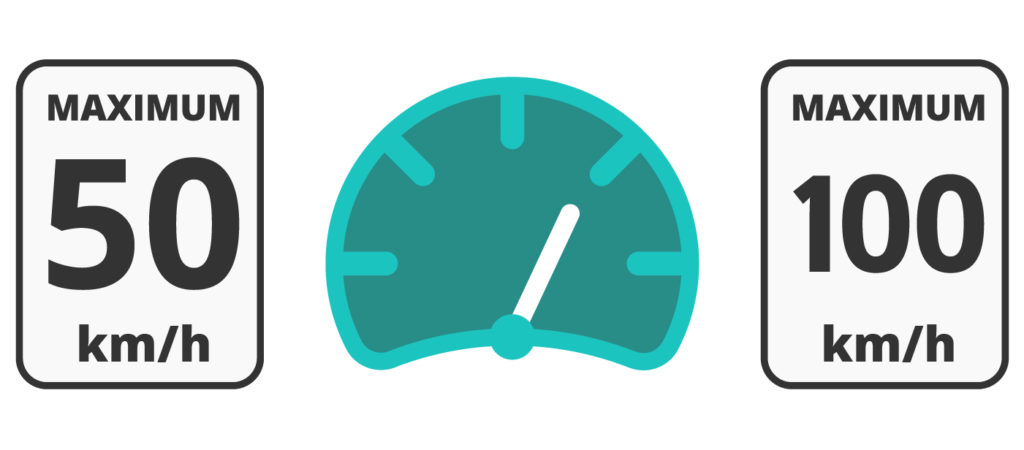
- Slow down when visibility is reduced or road conditions are changing
- Refrain from overtaking and keep safe distances with other vehicles
- If you’re going downhill, use your engine break instead of your brakes to prevent slides
It’s also worth knowing how to correct a slide when you’re driving. Check out the video below for more information.
2. Put winter tires on your car
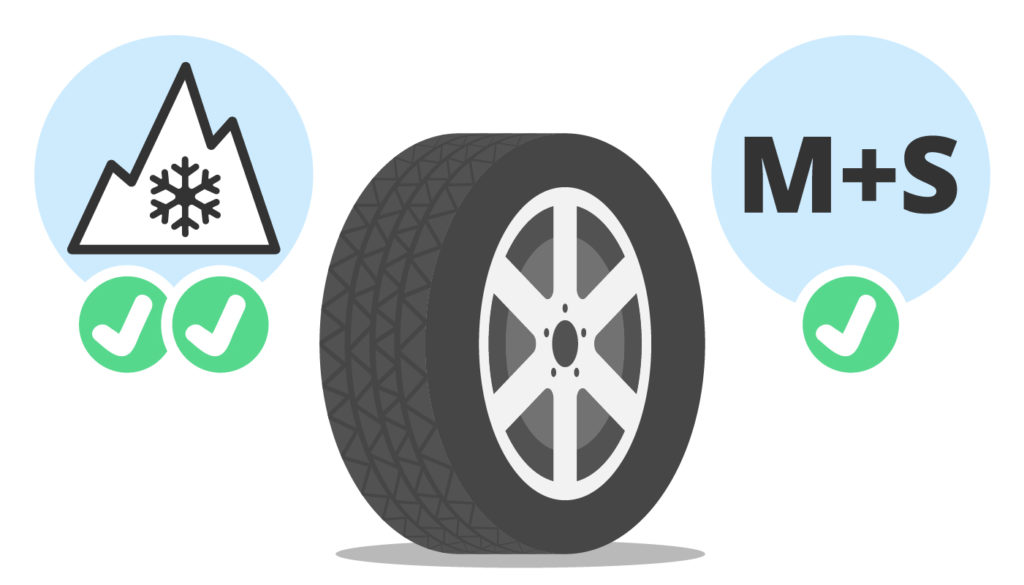
Using winter tires increases traction and prevents sliding, reducing the risk of getting into an accident. There are two main designations for tires:
Tires with M+S for “Mud + Snow” are rated for their ability to provide traction in winter conditions where the temperature is below 7°C, and must have a thread depth of minimum 3.5mm. These are legally required for driving on certain highways in British Columbia and during winter in Québec.
Tires with a snowflake or mountain meet the required performance to drive in snow conditions. While these tires are not compulsory, they are strongly recommended when driving in snow and ice.
British Columbia and Québec have laws requiring vehicles to have winter tires. Other provinces and territories do not have laws but strongly recommend them when driving in winter.
We advise all Poparide drivers making a trip during winter to have winter tires with the snowflake symbol as these provide the safest way to drive on snow and ice.
3. Check road conditions and the weather forecast
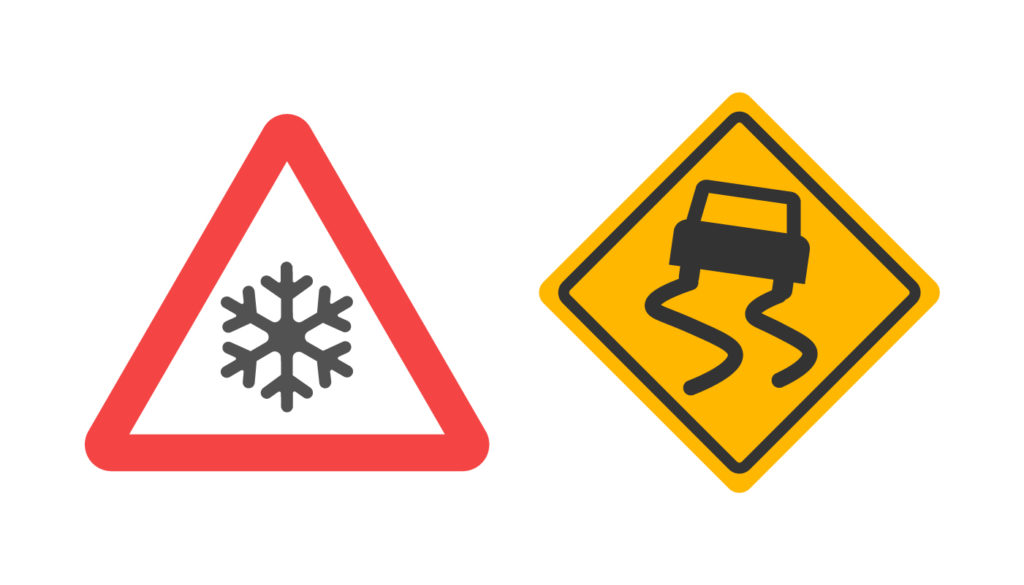
Before you head out on a trip, make sure to check the Government of Canada’s weather forecast for any winter storms coming up, or download the Weather Channel app on your phone.
In particular, check for any winter storm or ice warnings and consider rescheduling your trip if you haven’t left yet! Better safe than sorry…
If you’re driving in British Columbia, make sure to check highway restrictions as most roads east of Vancouver require winter tires between October 1st and April 30th.
4. Carry winter equipment
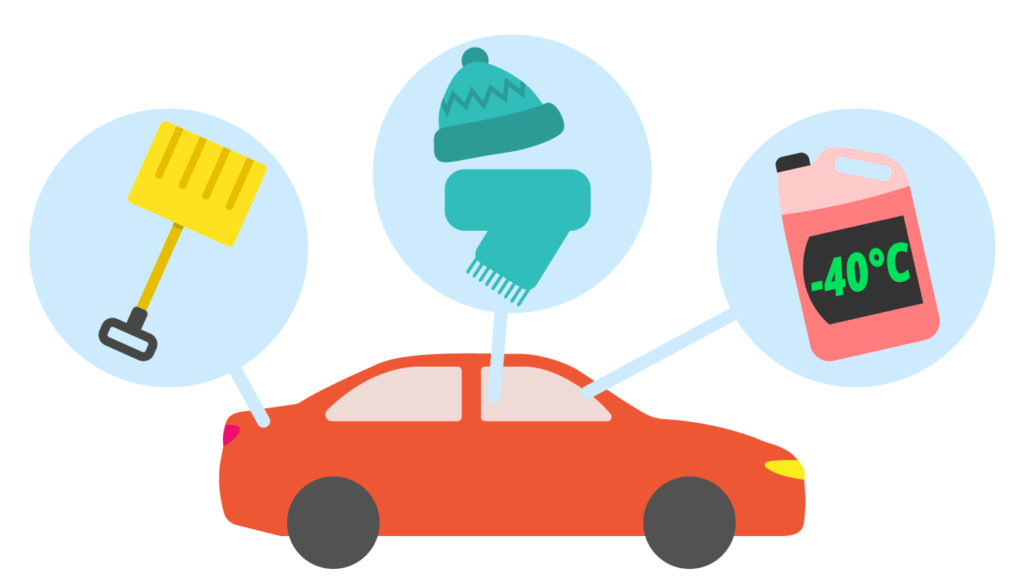
It can get really, really cold during winter in Canada. We’re talking -30C cold in some areas.
You’ll want to make sure you are dressed for the occasion. That means wearing a windproof, down jacket, a toque (eh), gloves, really warm socks, waterproof shoes and possibly long johns.
Also, if you’re driving, you’ll need to carry a shovel to dig your car out if it snows, an ice scraper to remove the ice from your windscreen and some deicing liquid to keep your windscreen nice and clean and in case your doors freeze up (this happens a lot!).
Top tip: you can buy a second-hand shovel, scraper and warm clothing for super cheap at most thrift stores.
5. Have a plan B

It’s always a good idea to have a plan B if you end up being stuck in a Canadian winter storm.
If you’re already on the road and hit a storm, we recommend you take a break and wait for the storm to pass (Tim’s does a really good double-double).
Driving in winter conditions can also be tiring, so it’s always a good idea to travel with another driver who can take over. Fatigue behind the wheel is a common cause for accidents, so don’t hesitate to book a motel for the night if you feel tired and no one else can drive.
When the conditions are really bad and you haven’t left yet, we recommend leaving your car at home and using public transit instead, or simply taking a day off and rescheduling your trip.
Do you have any other feedback or ideas on how to drive safely during Canadian winter? Simply share them in the comments below!
